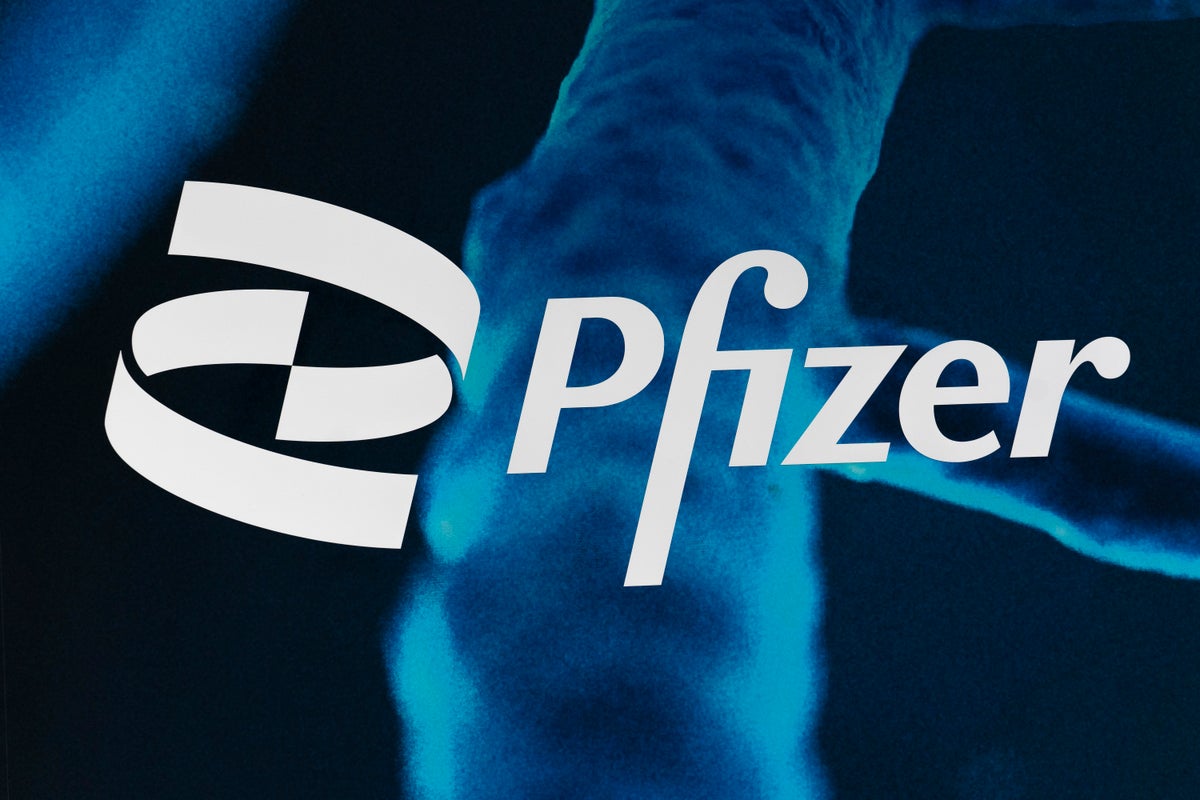
Shares of Pfizer are in retreat on the first day of trading after the drug company said sales of its COVID-19 vaccine and its coronavirus treatment are in less than expected and cut revenue expectations for the year by $9 billion.
Falling sales of both clipped sales in the second quarter, but Pfizer said in August that it expected a rebound in the second half of 2023.
Shares of Pfizer slid nearly 3% before the opening bell Monday and Moderna, which makes a competing vaccine, slid as well.
The company said Friday that global usage of Paxlovid is trending slightly above last year, but that it's still below expectations.
The fall vaccination period just began and the New York City drugmaker said that it's too soon to get a handle on vaccination rates for the year.
Full-year revenue for Paxlovid and Comirnaty is expected to be approximately $12.5 billion, short $9 billion of what it had expected.
Pfizer is lowering its full-year revenue expectations for Paxlovid by approximately $7 billion. That number also accounts for delayed commercialization of the product, which was pushed to January 2024 from the company's previous expectation of commercialization in the second half of this year. Pfizer is also lowering its 2023 revenue expectations for Comirnaty by approximately $2 billion due to lower-than-expected vaccination rates.
Pfizer Inc. now foresees 2023 revenue in a range of $58 billion to $61 billion, down from its prior forecast for $67 billion to $70 billion. It now projects full-year adjusted earnings between $1.45 and $1.65 per share due to lower-than-anticipated revenue for COVID-19-related products and inventory write-offs.
That is short of the full-year revenue of $63.61 billion and earnings of $2.77 per share that Wall Street was expecting, and far short of the company's previous projections of per-share earning between $3.25 and $3.45.
JPMorgan said the company's update solves an ongoing U.S. Paxlovid inventory debate and it anticipates the company's bigger-than-expected cuts to its sales projections will help put a floor under per-share earnings expectations for next year.







